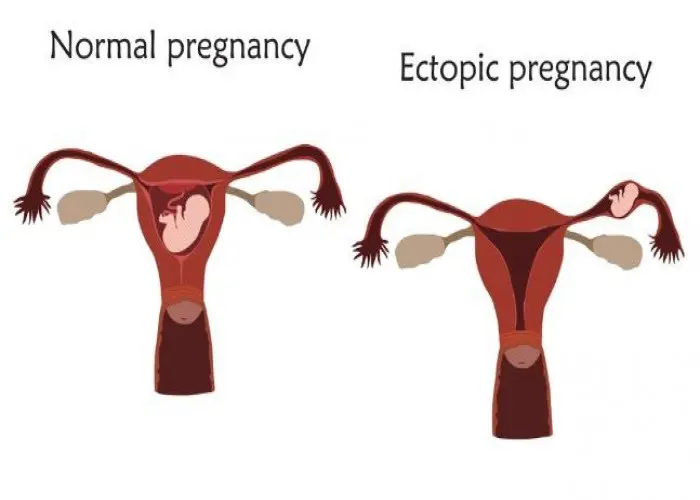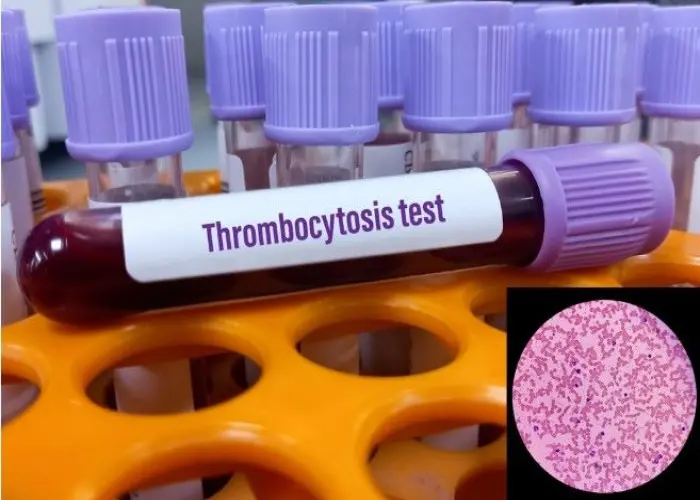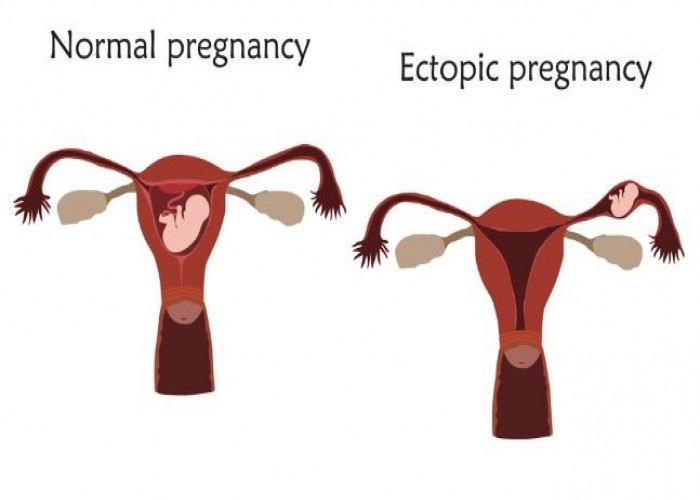 Welcome
Welcome
“May all be happy, may all be healed, may all be at peace and may no one ever suffer."
Ectopic pregnancy

An ectopic pregnancy occurs when a fertilized egg implants outside of the uterus, typically in the fallopian tube. Ectopic pregnancies are relatively rare, occurring in about 1-2% of pregnancies, but can be life-threatening if not detected and treated promptly.
The most common symptom of an ectopic pregnancy is abdominal pain on one side, which may be accompanied by vaginal bleeding or spotting. Other symptoms can include shoulder pain, dizziness, or fainting. In some cases, there may be no symptoms at all.
Diagnosis of an ectopic pregnancy typically involves an ultrasound and blood tests to check hormone levels. Treatment options depend on the location and size of the ectopic pregnancy, as well as the woman's overall health and preferences. In some cases, a medication called methotrexate may be used to stop the growth of the fertilized egg and allow the body to absorb it. In other cases, surgery may be necessary to remove the ectopic pregnancy.
If left untreated, an ectopic pregnancy can cause the fallopian tube to rupture, leading to heavy bleeding and shock. This is a medical emergency that requires immediate treatment, including surgery.
Risk factors for ectopic pregnancy include a history of pelvic infections, endometriosis, previous ectopic pregnancy, and certain fertility treatments. Women who experience symptoms of an ectopic pregnancy, such as abdominal pain or vaginal bleeding, should seek medical attention immediately. Early diagnosis and treatment can help prevent serious complications and improve the chances of a healthy pregnancy in the future.
Research Papers
Disease Signs and Symptoms
- Vaginal bleeding
- Abdomen pain
- Pelvic pain
- Dizziness, lightheadedness or faintness
- Fainting (syncope)
- Shoulder pain
Disease Causes
Ectopic pregnancy
A tubal pregnancy — the most common type of ectopic pregnancy — happens when a fertilized egg gets stuck on its way to the uterus, often because the fallopian tube is damaged by inflammation or is misshapen. Hormonal imbalances or abnormal development of the fertilized egg also might play a role.
Disease Prevents
Ectopic pregnancy
There's no way to prevent an ectopic pregnancy, but here are some ways to decrease your risk:
- Limiting the number of sexual partners and using a condom during sex helps to prevent sexually transmitted infections and may reduce the risk of pelvic inflammatory disease.
- Don't smoke. If you do, quit before you try to get pregnant.
Disease Treatments
A fertilized egg can't develop normally outside the uterus. To prevent life-threatening complications, the ectopic tissue needs to be removed. Depending on your symptoms and when the ectopic pregnancy is discovered, this may be done using medication, laparoscopic surgery or abdominal surgery.
Medication
An early ectopic pregnancy without unstable bleeding is most often treated with a medication called methotrexate, which stops cell growth and dissolves existing cells. The medication is given by injection. It's very important that the diagnosis of ectopic pregnancy is certain before receiving this treatment.
After the injection, your doctor will order another HCG test to determine how well treatment is working, and if you need more medication.
Laparoscopic procedures
Salpingostomy and salpingectomy are two laparoscopic surgeries used to treat some ectopic pregnancies. In these procedure, a small incision is made in the abdomen, near or in the navel. Next, your doctor uses a thin tube equipped with a camera lens and light (laparoscope) to view the tubal area.
In a salpingostomy, the ectopic pregnancy is removed and the tube left to heal on its own. In a salpingectomy, the ectopic pregnancy and the tube are both removed.
Which procedure you have depends on the amount of bleeding and damage and whether the tube has ruptured. Also a factor is whether your other fallopian tube is normal or shows signs of prior damage.
Emergency surgery
If the ectopic pregnancy is causing heavy bleeding, you might need emergency surgery. This can be done laparoscopically or through an abdominal incision (laparotomy). In some cases, the fallopian tube can be saved. Typically, however, a ruptured tube must be removed.
Disease Diagnoses
Disease Allopathic Generics
Disease Ayurvedic Generics
Disease Homeopathic Generics
Disease yoga
Ectopic pregnancy and Learn More about Diseases

Essential thrombocythemia

Albinism

Osteomyelitis

Presbyopia

Hand-foot-and-mouth disease

Hypoplastic left heart syndrome

Restless legs syndrome

Congenital heart disease in adults
ectopic pregnancy, অ্যাক্টোপিক গর্ভাবস্থা
To be happy, beautiful, healthy, wealthy, hale and long-lived stay with DM3S.
